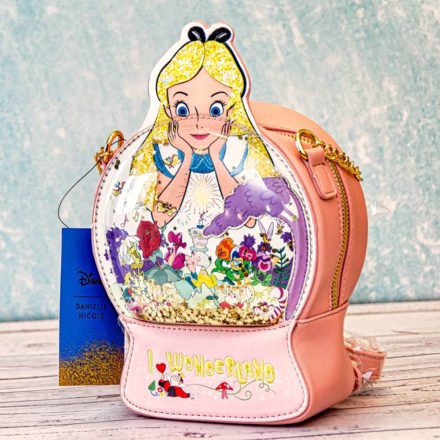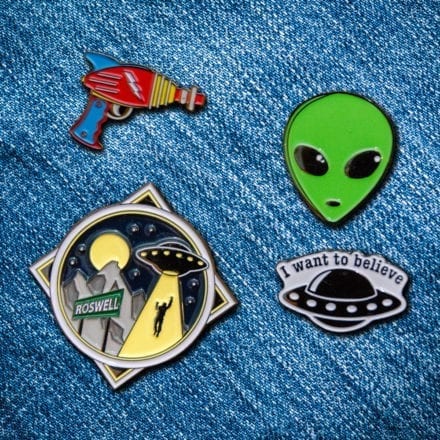In the realm of science fiction, few creatures have garnered as much attention and intrigue as the Xenomorph from the Alien movie franchise. With its terrifying appearance and deadly abilities, it has become a staple of pop culture and a symbol for extraterrestrial horror. This article will delve into the intricate details of the Xenomorph, from its conception by Swiss artist H.R. Giger to its evolution throughout the film series.
The Birth of the Xenomorph
The Alien franchise wouldn’t be the same without the Xenomorph, an alien creature of nightmares, designed by the visionary Swiss artist H.R. Giger. The Xenomorph’s design is largely credited for the popularity and success of the original 1979 Alien film. However, the creature that we have come to know and dread wasn’t the first concept for the movie’s antagonist.
Pre-Giger Concepts: From Orangutans to Cthulhu Monsters
Before the involvement of H.R. Giger, the Alien team considered several bizarre ideas for the movie’s monster. One of the early pitches involved using a shaved orangutan to depict the extraterrestrial creature. This concept, proposed by then-attached director Robert Aldrich, was quickly dismissed as the team sought a more unique representation.
The development process also saw writer Dan O’Bannon collaborating with artist Ron Cobb to create concept art for the alien creature. Cobb’s design proposed a crab-like, four-legged monster resembling the mythical Cthulhu with hook-like claws for hands. Although this concept did not make the final cut, Cobb is credited with the brilliant idea of giving the Xenomorph acidic blood.
Anatomy of the Xenomorph: A Deep Dive into Alien Physiology
The Xenomorph’s anatomy is as fascinating as it is terrifying. The creature’s design includes several characteristics that make it stand out among film aliens, and some that have been overlooked by even the most dedicated fans.
The Xenomorph Skull: A Phallic Interpretation
One of the most striking features of the Xenomorph is its dome-like skull, which bears an uncanny resemblance to male genitalia. This design choice, intentional and reflective of Giger’s bio-organic art style, adds a distinct sexual undertone to the creature’s appearance.
The Deadly Extendable Jaw
One of the Xenomorph’s most notable features is its extendable jaw, a terrifying weapon capable of biting off limbs and heads. This feature is particularly prominent in the Neomorphs, the pale, fast, and deadly precursors to the Xenomorph introduced in the 2017 prequel, Alien: Covenant.
From Six Fingers to Four
An often overlooked detail about the Xenomorph is the number of fingers on its hand. Originally, the creature was designed with six fingers, with two pairs fused together, a separate pinky finger, and a thumb. However, in Alien: Resurrection, the Xenomorphs were redesigned with four fingers, possibly due to the introduction of human DNA into their creation.
You may also like…

The Evolution of the Xenomorph: A Tale of Tails, Skins, and More
The Xenomorph has undergone several transformations throughout the Alien franchise, with changes to its tail, skin, and overall design to reflect different directors’ visions and the creature’s evolution in the film’s universe.
Tails That Tell Tales
The Xenomorph’s tail varies significantly between Ridley Scott’s and James Cameron’s Alien films. In Scott’s original film, the creature’s tail is long, barbed, and slightly curved, much like an insect’s limb. Cameron, however, gave the Xenomorphs more lethal tails, equipped with long spinal barbs and a massive stinger, adding to their already impressive arsenal of deadly weapons.
The Protomorph’s Distinctive Features
The Xenomorph in Alien: Covenant, labeled as the Protomorph, exhibits several differences from the classic creature. The Protomorph has a thinner body, shorter tail, and thinner, more spread-out tubes on its back. These features highlight the creature’s status as a work in progress, yet to reach its final, perfected form.
Sexuality and the Xenomorph: An Intriguing Paradox
Despite its phallic design and Giger’s fascination with sexual organs, the Xenomorph lacks discernible sexual organs, raising questions about its reproductive processes and gender. The only confirmed female in the Xenomorph species is the queen, leaving fans to speculate whether drones and runners can evolve into a female to ensure the species’ survival.
Why the Xenomorph is the Perfect Horror Creature
The Xenomorph’s design, which is a stark inversion of the human body, its meticulous detailing, and its sexually menacing image, make it a perfect creature of horror. Its exoskeleton, corrosive blood, and apparent lack of a need to breathe, coupled with its razor-sharp claws, whip-like tail, and deadly teeth, make it a formidable and terrifying adversary.
The Xenomorph and its Environment
The decision to link the design of the Xenomorph to the ship, giving it a chameleon-like ability to blend into its surroundings, contributes significantly to its horror factor. The creature’s elusive nature, often concealed in shadow, creates a suspenseful atmosphere, building tension and fear, and making it a masterclass in horror filmmaking.
Conclusion: The Xenomorph’s Lasting Legacy
Over 40 years since its inception, the Xenomorph continues to captivate audiences with its terrifying presence and intricate design. Its unique blend of horror, science fiction, and sexual undertones has ensured its place in the cultural zeitgeist, setting the bar high for monster design in film. The Xenomorph’s legacy lives on, continuing to inspire and terrify in equal measure.










